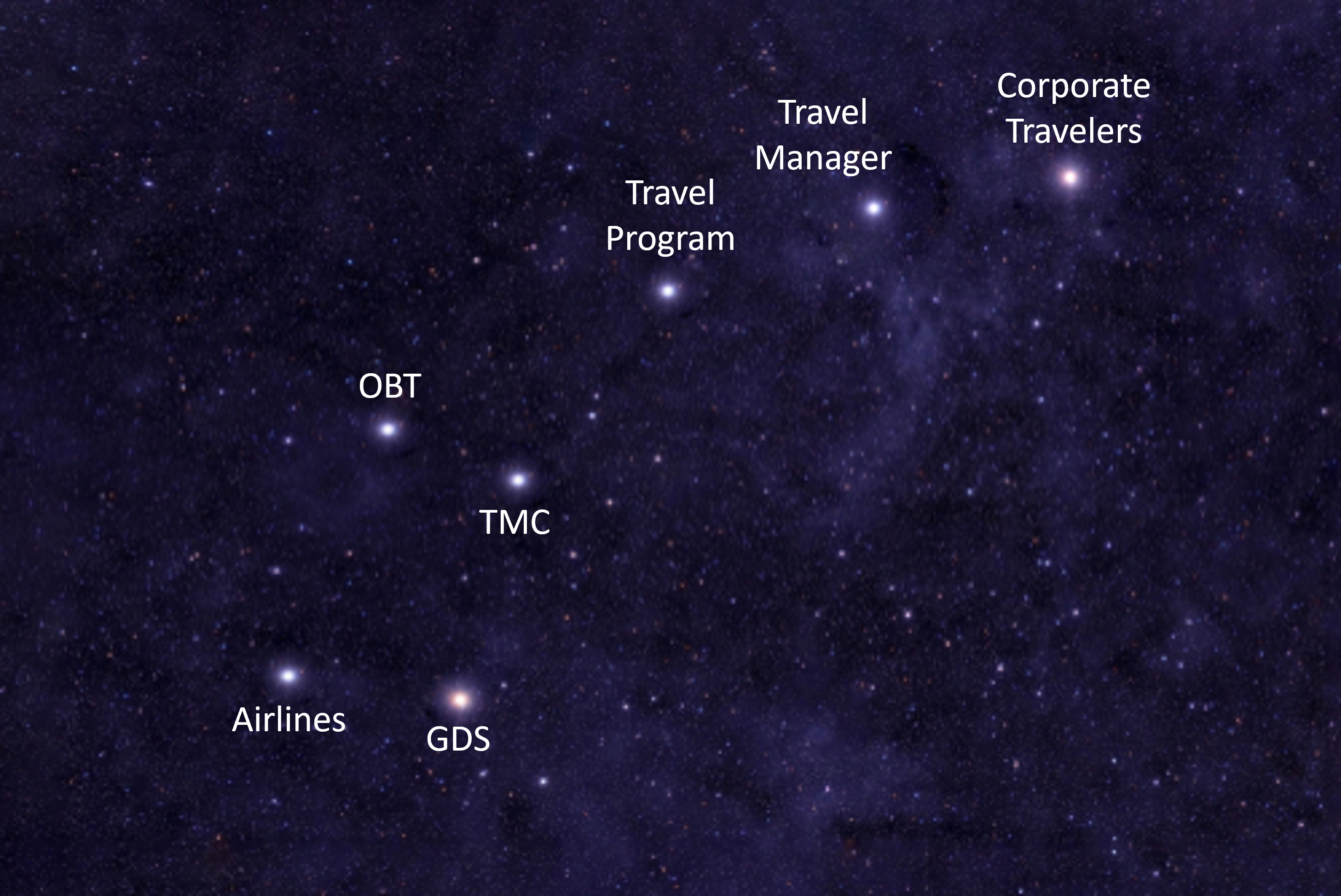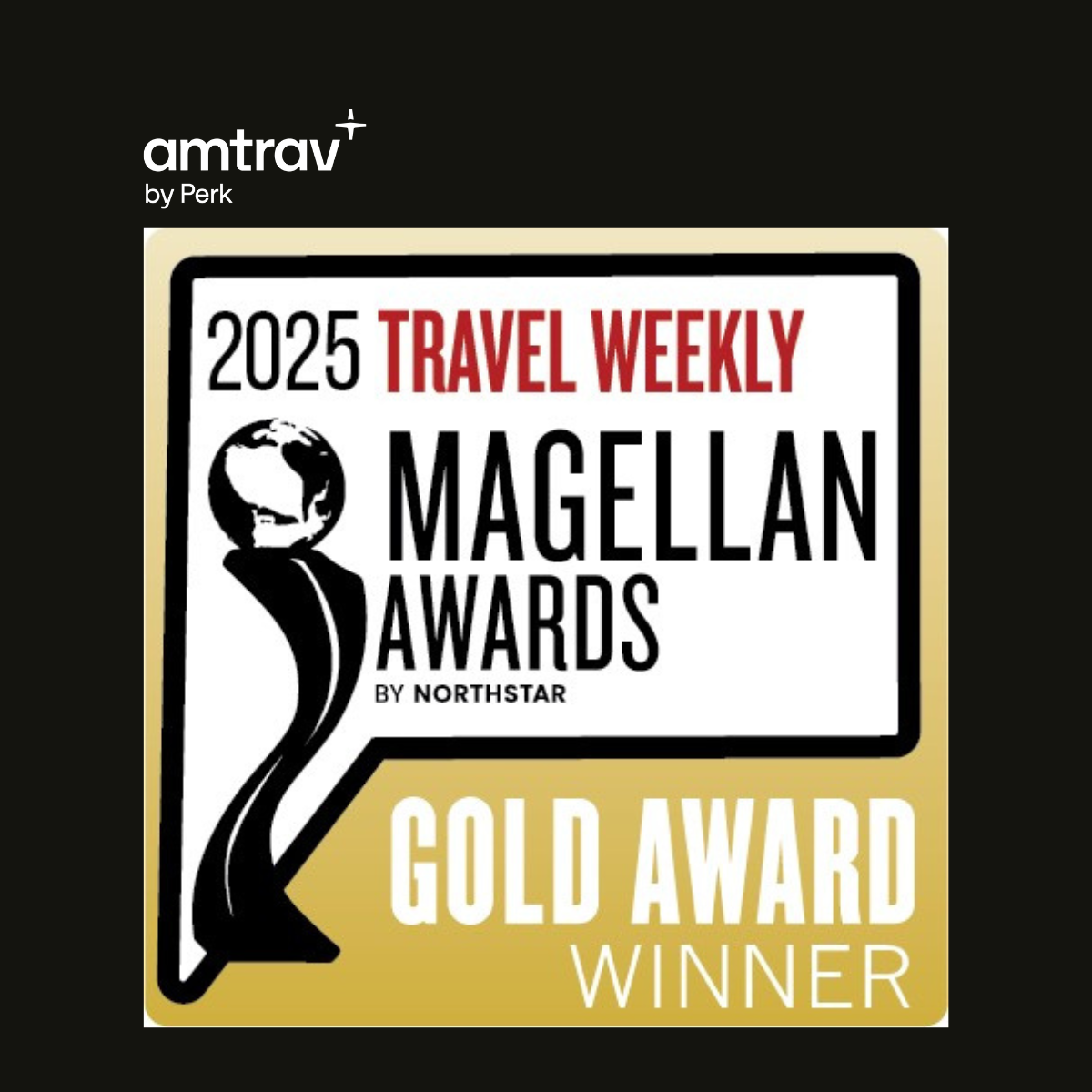Because American Airlines removed 40% of their lowest fares from many corporate booking providers, the big question about New Distribution Capability (NDC) is: “are my providers NDC-ready – and if they’re not ready, when will they be?”
The short answer is that many corporate booking providers are not ready, will not be ready until they do a lot more work on their technology – which could be late 2023 or even 2024. And until these providers are NDC-ready, their customers won’t have access to NDC content, NDC benefits or be NDC-ready themselves.
But what does NDC-ready mean, and for whom? Let’s start by defining “for whom.”
There are customers (broadly defined):
- corporate travelers themselves
- and travel managers responsible for their companies and travel programs.
Then there are providers:
- online booking tools (OBTs),
- travel management companies (TMCs),
- and of course the airlines, the original trouble-makers.
Great, now what does NDC-ready mean for each stakeholder?
Corporate travelers? They want to quickly find the flights they need according to their schedule, with company travel policy clearly applied so they know that they’re following the rules, and they’d like to be able to quickly change plans if their plans change or if travel is disrupted.
Travel managers responsible for corporate travel programs? They too want travelers to be able to book with travel policy and pre-trip approvals applied, for travelers to be able to quickly change plans if needed. They also want to make sure that travelers are getting the lowest fares with the company’s airline programs and unused ticket credits applied, they want to collect spend and itinerary data for reporting and duty of care.
Are these customers NDC-ready (and what does NDC-ready mean)? Absolutely, yes – if their providers are NDC-ready, like Spotnana, Navan and AmTrav are today. Customers whose providers are NDC-ready have zero work to do themselves to be ready, they shouldn’t even notice a difference in their ability to shop, book and change flights with NDC. But corporate travelers, travel managers and travel programs whose providers aren’t NDC-ready rely on providers who must also be NDC-ready and meet customers’ needs.
So we turn to providers.
OBTs support travelers’ need to book travel with policy, pre-trip approvals, airline deals and unused tickets applied, sometimes help collect spend and itinerary data, and a few allow travelers to change travel plans. They are meant to make travel booking simple, easy and efficient.
In order to be NDC-ready — shopping, selling and servicing flights and fares via NDC — OBTs need to upgrade from their current technical connections that aren’t NDC capable to new technical connections that are NDC capable. If the OBT hasn’t upgraded their technical connection and software user interfaces, then they’re not ready. And if the OBT uses a third-party integrator with limited capabilities – like Travelfusion not supporting unused tickets, pre-trip approval and certain data collection – then the OBT has those limitations too and cannot meet all the needs of the customer.
(What are these “technical connections?” They’re APIs. What’s an API? It’s a technical connection that passes data – flight and fare information for example – back and forth between different software and providers.)
TMCs and OBTs go hand in hand, a customer can’t get the end-end support they need without both being NDC-ready. Like OBTs, TMC travel agents book travel with policy, pre-trip approvals, airline deals and unused tickets applied. And in many cases TMCs help collect spend and itinerary data, and their travel agents help travelers to change travel plans with their travel agents.
Like OBTs, TMCs have work to do to be NDC-ready. They need to upgrade their technical connections from non-NDC capable connections to NDC capable connections, they need to switch their travel agents to the latest NDC-capable software for selling and servicing travel, and they need to upgrade their own mid-office and back-office software that supports travel policy, approvals, and data collection to be NDC-capable.
By the way there’s another player here called the GDS or Global Distribution System – they’re behind the scenes and with any luck you’ve never heard of them. Many of the technical connections mentioned for OBTs and TMCs are technical connections via GDSs. All three GDSs, Sabre, Amadeus and Travelport, have added new NDC-capable technical connections that support American NDC, however OBTs and TMCs must switch to these new technical connections (and if this switch was easy, if the OBTs and TMCs had done it already, this blog wouldn’t be necessary).
Here’s the catch with providers: you need all three. At least two major OBTs are NDC-ready, Cytric and GetThere (and Concur Travel could be considered NDC-ready too, for customers who accept the limitations of Travelfusion). But those NDC capabilities can’t be realized unless customers’ TMCs are also NDC-ready and can support the bookings that those OBTs produce.
Airlines, last but not least. Airline NDC capabilities meet most customer needs: they allow travelers to quickly shop, book and change trips, allow travel policy, pre-trip approvals, airline corporate programs and unused tickets to be applied, allow spend and itinerary data to be collected. Of course, all of these activities have to take place via NDC capable OBTs and TMCs. Airline NDC capabilities are not perfect, there are capability gaps like supporting certain types of unused ticket exchange and certain types of changes, however they meet more than 95% of customers’ needs while airlines work to close the remaining gaps and deliver on the promise of NDC.
So, in summary, what does NDC-ready mean? NDC-ready means that the stars have aligned, all of the traveler’s, travel manager’s and corporation’s providers – their OBT, their TMC and the airlines – are each NDC-ready. When the OBT and TMC and airlines have made the investments and upgrades to become NDC-ready, they can support customers’ needs via NDC technology and deliver the benefits of NDC, which in turn makes the customer NDC-ready.
Thank you to my friend Pedro for this blog idea.
A note on that first paragraph. American didn’t exactly remove 40% of their lowest fares from the providers, instead American prevents these fares from being sold via the old technical connections that OBTs and TMCs rely on. This means that in order to access that 40% of fares, those OBTs and TMCs must upgrade to newer technical connections (usually via GDSs) that do support NDC.

Elliott McNamee




